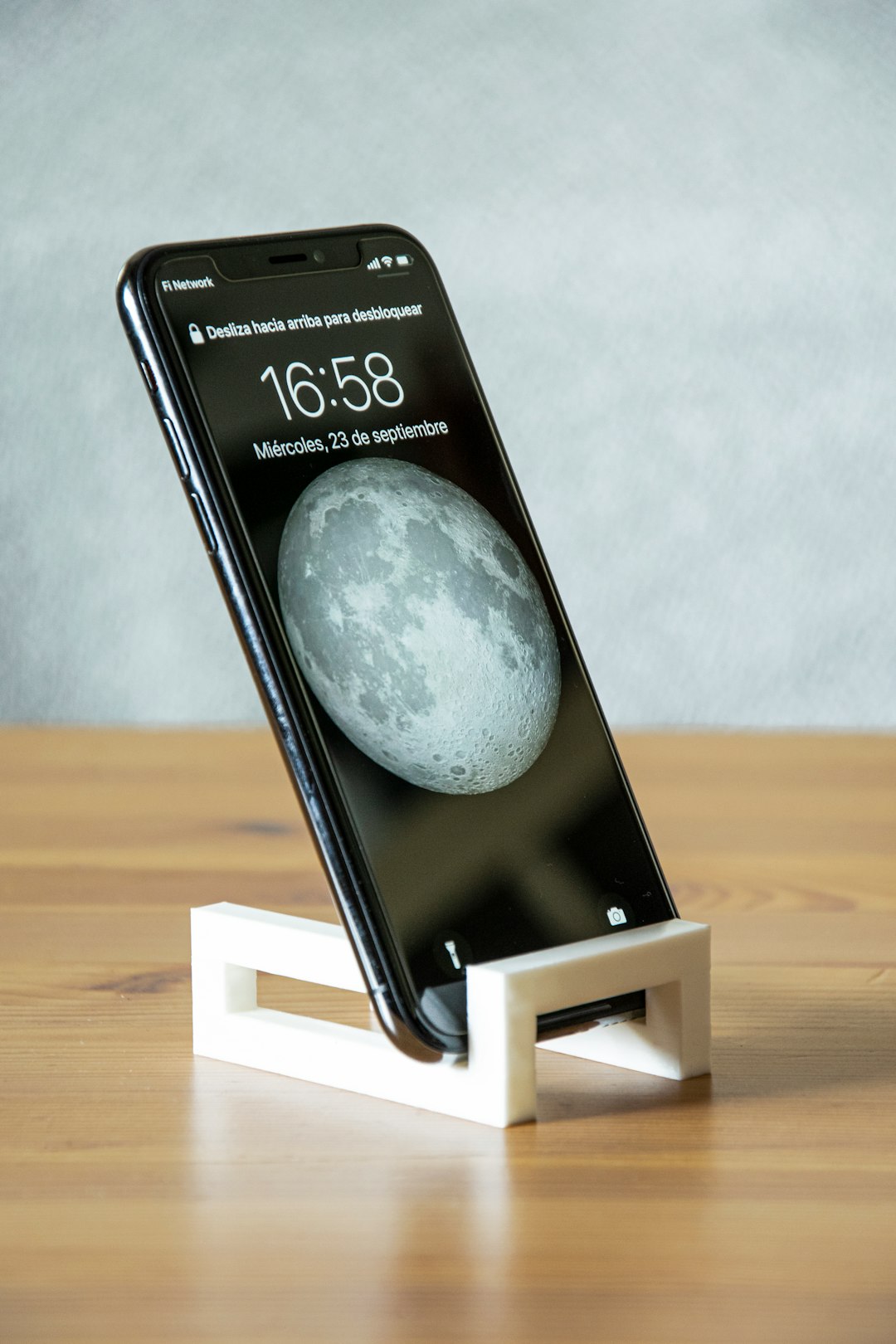In Arizona, especially Phoenix, driving while using wireless devices is strictly regulated to ensure road safety. The primary rule prohibits holding or operating electronic devices, including smartphones and tablets, while driving. Penalties for violations include fines, license suspension, or jail time. "Hands-free" device usage, enabled by voice commands, Bluetooth, or in-car systems, is legal but requires safe interaction with the device to avoid visual distractions. Fines range from $100 to $250, and exceptions exist for safety features or emergencies. Law enforcement takes these laws seriously, prioritizing safe roads over potential leniency.
In today’s digital age, staying connected while driving is a common practice. However, in Phoenix, strict wireless device driving laws are in place for your safety and those around you. This comprehensive guide navigates through Phoenix’s wireless device restrictions, demystifying ‘hands-free’ usage and clarifying penalties. Understanding these rules is essential to avoid tickets and ensure safe roads for all. Discover when exceptions apply and learn how to drive responsibly within these guidelines.
Understanding Phoenix's Wireless Device Driving Restrictions

In the state of Arizona, and specifically within the city of Phoenix, driving while using a wireless device is subject to strict restrictions. These laws aim to promote road safety by minimizing distractions behind the wheel. The primary rule states that drivers must not hold or operate any electronic device while their vehicle is in motion. This includes smartphones, tablets, and other portable devices. Any activity that diverts a driver’s attention from the road is prohibited.
Phoenix’s wireless device driving laws are clear and concise, leaving no room for ambiguity. Texting, making calls, browsing the internet, or even adjusting settings on your device while driving is considered a violation. Law enforcement officials in Phoenix take these regulations seriously, and penalties can include fines, license suspension, or even jail time for repeated offenses. Understanding and adhering to these restrictions is crucial for all drivers to ensure safe roads and prevent accidents.
What Does Hands-Free Really Mean?

In the context of Phoenix wireless device driving laws, understanding “hands-free” is crucial. While it might seem straightforward, the term encompasses a range of devices and interactions that are permitted or prohibited while operating a vehicle. Hands-free refers to any technology or setup that allows drivers to use their phones without physically holding them, keeping both hands on the steering wheel at all times. This includes the use of built-in vocal commands, Bluetooth connectivity, and dedicated in-car systems designed for safe driving interactions.
The key aspect is ensuring the driver’s primary focus remains on the road. Using a device in “hands-free” mode doesn’t mean complete distraction-free driving. Visual distractions from reading text messages or adjusting settings can still impair a driver’s ability to react promptly. Therefore, drivers should leverage only those features that facilitate safe communication and navigation without taking their eyes or attention off the road.
Penalties and Exceptions: When to Expect a Ticket or Leniency

In Arizona, including Phoenix, driving while using a wireless communication device (such as a smartphone) is typically prohibited unless the device is used hands-free. The primary purpose of this law is to ensure safe driving practices by reducing distractions on the road. Penalties for violating these laws can vary, with fines ranging from $100 to $250, depending on the specific circumstances and previous offenses.
However, there are exceptions to these rules. If you’re using a hands-free device for safety purposes, such as GPS navigation systems or voice-activated commands, you may be exempt from penalties. Additionally, emergency situations can warrant the use of wireless devices without fear of immediate ticketed punishment. Police officers may exhibit leniency if they deem your actions do not endanger other drivers or cause a delay in traffic flow during an emergency.






